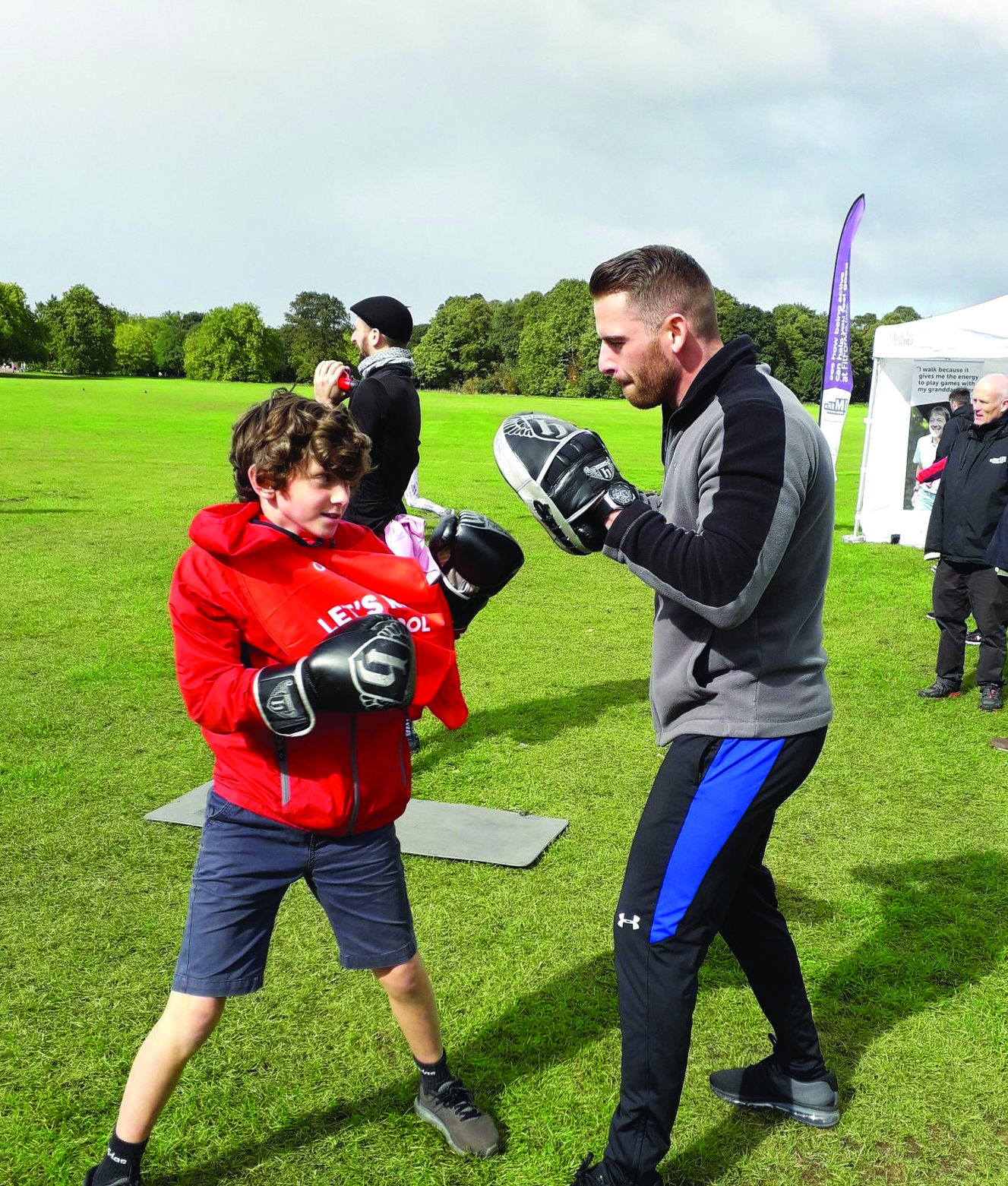Kurtis Stacey: Recovering from Injuries
Share
When it comes to recovering from injury, it’s best to avoid self-help and instead call in the experts, as Kurtis Stacey explains…
I was referred by a friend to Lee Gallagher & Jean-Jacques Sillito who specialise in physiotherapy and exercise rehabilitation. What took me hours of research and a lot of my own time was identified in only one session with these guys! And it just so happens you can’t learn everything from the internet. We devised a 12-week rehabilitation programme (which varies based on your injury) consisting of static strengthening exercises, resistance band exercises, weight-bearing exercises and, finally, strength-training exercises. Like most people who train for aesthetic reasons, I would tend to focus on the outside – therefore forgetting about the joints, tendons, stability and range of motion. This had to change over a year ago, I dislocated both of my shoulders. Ouch! Like a lot of people, I thought before seeking the advice of a professional. I did a little DIY (scan the internet and follow the YouTube videos) and after countless hours of research and exercises, I thought I had managed to fix the problem. Shoulder injuries are very common in a fitness environment, especially when lifting weights daily, so I’m pretty confident in saying that we all know someone who has or has had a shoulder problem from training. After thinking I had fixed the problem, I began to notice I was having a reoccurring pain in my right shoulder – not when training, but in the hours following. I persevered with the pain for as long as possible but eventually enough was enough and it was time to deal with the problem once and for all.
“Rehabilitation after posterior shoulder dislocation can be a slow, painful and frustrating rehabilitation programme,” explains Lee. “With the correct exercise programme, the myth that you cannot regain full strength, mobility and range of motion is untrue.
“The rotator cuff includes, supraspinatus, infraspinatus, subscapularis and teres minor – these are a group of muscles that attach to the scapula, all four are responsible for rotation, flexion, extension, abduction and adduction movements of the shoulder joint.
“Progression of these stages during an exercise programme, allows the shoulder joint to perform fully functional movements, increases joint stability, provides increased strength and power, and regain full range of motion.’’
In this month’s column, I wanted to tell you plain and simple that you should never be too proud when it comes to your physical health. Just because you read forums and magazines doesn’t mean you know enough to play around with your body until the pain goes away, you may be causing yourself more harm or worse; permanent damage. I understand that we don’t like paying for physio and consultations but if I had met with Lee and Jean a year ago, I would have saved myself countless hours of research and discomfort. My rehabilitation took place over four stages and I have included stages one and two below for readers to practice and incorporate into their training programme. For any information regarding sports therapy you can find me on Twitter @kurtisstaceyKS
or contact Lee at Sports-therapy-hub@outlook.co.uk
Stage 1 (Weeks 1–3) – Static Strengthening Exercises
Static strengthening exercises allow the muscles in the
shoulder to be activated without the joint moving.
3×10 reps
Hold 5–10 secs on each rep
3 times per day
4 days per week
Shoulder flexion
Shoulder extension
Shoulder abduction
Shoulder adduction
Stage 2 (Weeks 3–7) – Resistance Band Exercises
Resistance bands aim to improve strength of the shoulder joint and increase mobility. Mobility exercises will improve range of motion within the joint.
2×15 reps
Hold 3–5 secs on each rep
2 times per day
4 days per week
Internal rotation
External rotation
Shoulder extension
Shoulder flexion
Frontal raise
Lateral raise




















FOLLOW BESTFIT